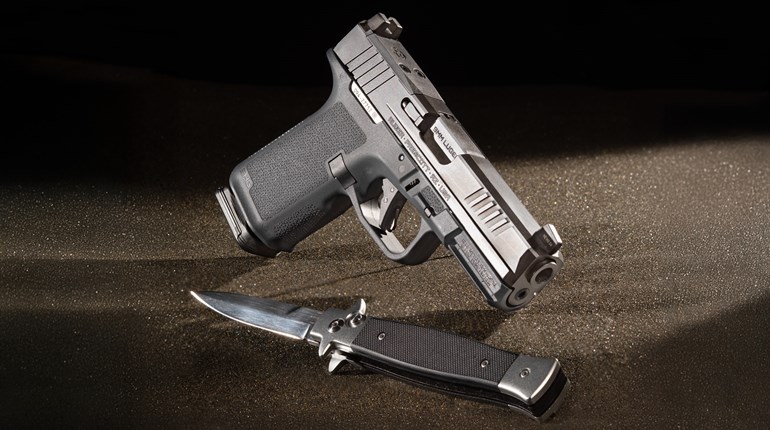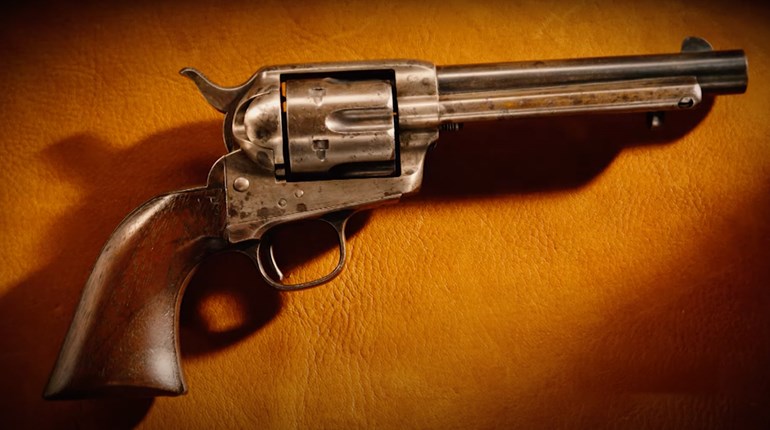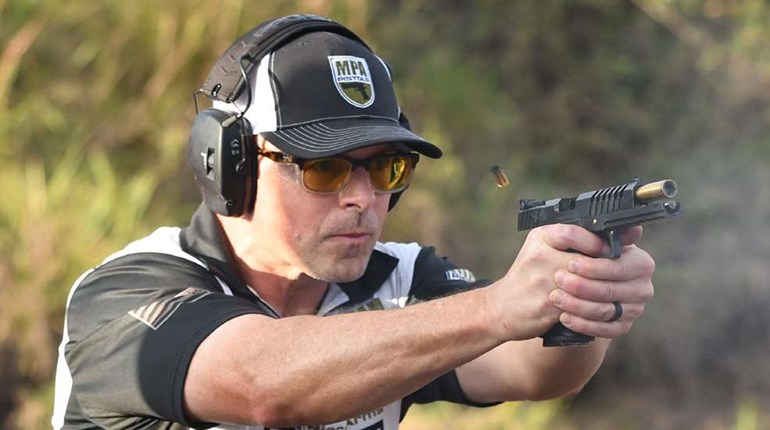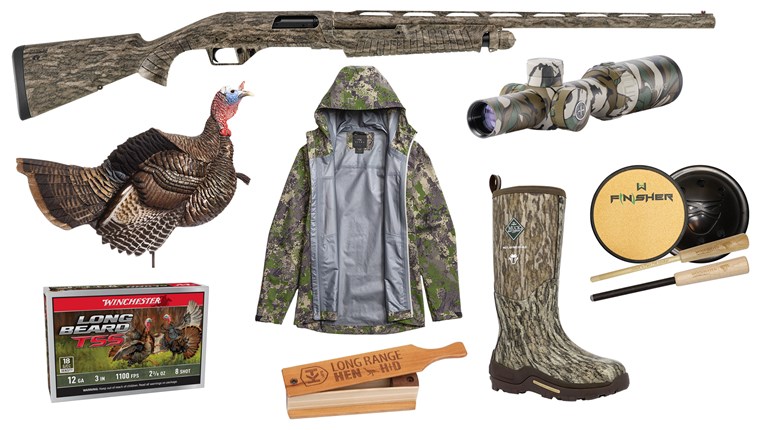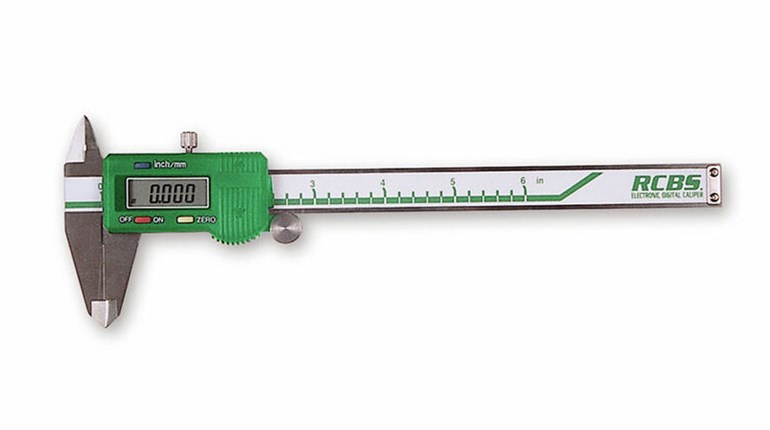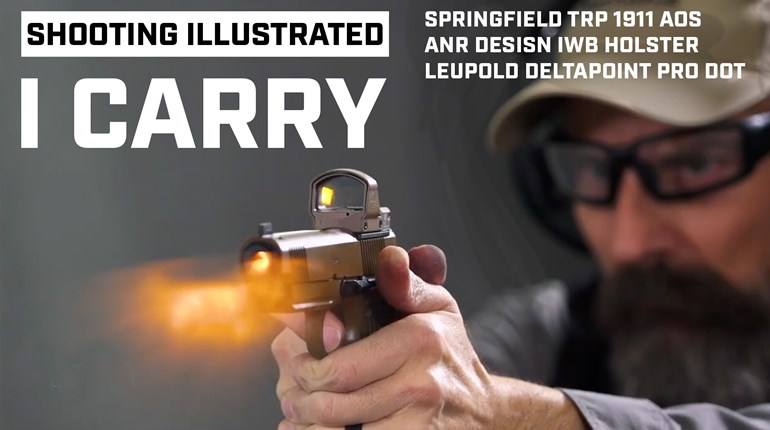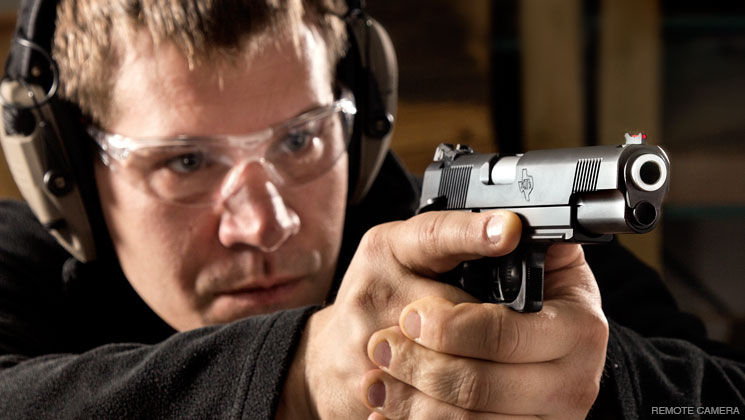
If you’re shopping for a new pistol or recommending one to someone else, there are a few helpful guidelines that can assist with your selection.
The importance of finding a pistol that fits your hand cannot be overstated. A well-fitting pistol contributes to better overall gun handling, marksmanship and safety. So, what should you check for? How do you know if it’s a good fit? What determines which size and geometry is best for you?
The nuances of finding that perfect pistol fit, an aspect often overshadowed by caliber debates and brand preferences, is critical for novice and seasoned shooter alike.
When it comes to choosing a pistol, the first handshake happens with the grip. It should feel like an extension of your hand, not a foreign object. The grip is not just about how it feels when you hold it; it's about how your fingers naturally wrap around it, how well it seats in your palm and how well your hand works with external device access and control.
A grip too large can leave your fingers straining, leading to an unstable or unsound hold, while one too small can lead to a cramped, uncomfortable feeling with the shooter constantly readjusting their grip. Some pistols are sold with adjustable or interchangeable grip panels to better fit your hand size.
In seating the gun, more palm surface contact produces greater control whereas open space and air pockets can introduce energy leaks which in turn impact overall performance.
The distance from grip to trigger (trigger reach) is another important measure. You should be able to easily reach the trigger without repositioning your hand. Your index finger should find its way to the trigger without any strain or effort.
Trigger reach is pivotal. If the distance is super short, you'll find yourself way too deep into the index finger joints to facilitate a precise trigger press. If it is too long, your trigger movement is wrought with unnecessary strain, affecting both your fire control and overall grip purchase on the pistol.
The overall weight and balance of a pistol, which are often overlooked, happen to be critical considerations. Too heavy a pistol can tire you quickly if you’re not accustomed to it, affecting your alignment stability over time, whereas a much lighter model may induce more pronounced recoil. This balance is subjective and varies from one shooter to another, influenced by individual shooter strength, skill and experience.
Then there's the matter of accessibility. The pistol's external safeties, decocker, slide release and magazine release button (or lever) are the touchpoints of functionality. If reaching for these controls feels like a chore or requires a significant shift in grip, then this could present operational problems for the shooter.
The quest for the perfect pistol fit is not a solitary journey. It involves trial and error, consultations with professionals, and often, a series of test firings. Firing a pistol gives you the clearest picture of how the gun sits and behaves in your hand. It’s where theory meets practice, and comfort meets control.
The perfect pistol fit is a personal affair. It's about how the gun feels in your hand, the level of control it affords you, how well you can operate it, and how it aligns with your shooting needs. It's a balance of ergonomics, functionality, and personal preference.
When embarking on this quest for the perfect fit, patience is your ally. The market is flooded with an array of models, each boasting unique features and superior ergonomics. It's tempting to be swayed by popular models or persuasive sales pitches, but remember, what works for one may not work for another. Your hand is unique, and so will be your perfect fit. One size does not fit all.
The process is not merely about physical comfort; it also involves an understanding of your shooting purpose and goals. Are you looking for a firearm for daily carry, one that fits your body snugly and unobtrusively? Or is your focus on competition, where open carry and rapid deployment take precedence? These use cases influence not only the size and weight of your ideal pistol but also aspects like caliber, holster and sight types.
For those new to shooting, this process might seem daunting. But, it's a journey well worth undertaking. Consulting with experienced shooters, visiting gun ranges, and getting hands-on experience with different firearms can provide invaluable insights. Moreover, many gun stores and ranges have knowledgeable staff who can guide you through this process, offering suggestions and sometimes even allowing you to test different models.
At the end of the day your key selection criteria should minimally include grip size and finger wrap, how well it seats, external device access and controllability, trigger distance, overall size (to include barrel length) and weight based on construction materials (steel, polymer or some combo thereof).
Finding the perfect pistol fit for your hand size is about blending comfort, functionality, and personal preference. It's a journey of discovery, one that requires patience, experimentation, and a keen understanding of your own needs, wants and capabilities.












